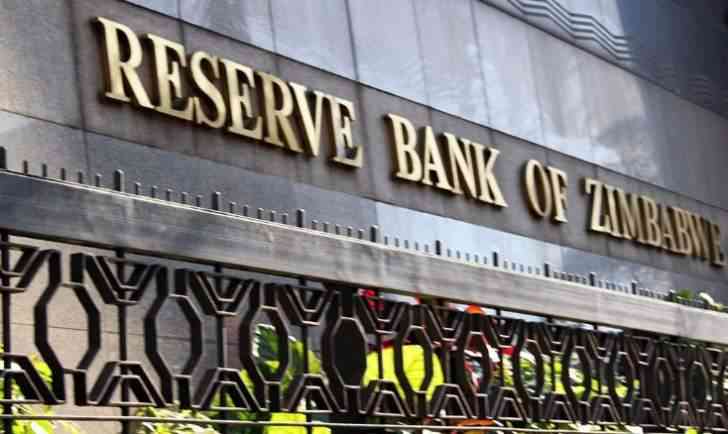Source: Forex inflows breach US$1,78bn mark –Newsday Zimbabwe
ZIMBABWE has received US$1,78 billion in foreign currency receipts in the first three months of this year, 31% up from the same time last year, central bank governor John Mangudya has said.
During the same period last year, the nation received US$1,36 billion.
“The foreign currency is there and we expect much more this year. Last year, we received US$11,6 billion. This year we are expecting much more,” Mangudya said while making a presentation yesterday at a business breakfast meeting organised by the Institute of Directors Zimbabwe.
He added: “We were pleasantly surprised that in the first three months of this year, our foreign currency has since gone up by 31% from last year’s position of US$1,36 billion. We are now at US$1,78 billion.”
The US$1,78 billion was against payments of US$1,69 billion, he said.
“This is good. Therefore, the fundamentals are right. Now we have lithium. This is before lithium. We are going to start exporting it this month. So, these are the receipts of foreign currency into the country, not even the movement.“If we talk about the diaspora remittances, we speak about the money coming through in the form of banking channels. These are official statistics. So, we have got a very strong economy and strong directors who are afraid of making money,” he said.
Mangudya said high foreign currency receipts had resulted in a sustained current account surplus since 2019.
The Reserve Bank of Zimbabwe chief said credit in the economy remained robust to support the envisaged growth of 3,8% in 2023. He said the bank standardised the statutory reserves on forex and local deposits.
Mangudya said there was a need to be cautious with loans in forex to avoid mismatches of yesteryear, adding that small margins on United States dollar sales, posed a high risk of non-performing loans in view of the relatively high interest rates on forex loans.“The proportion of US$ deposits to total deposits increased in tandem with increased foreign currency receipts relative to an increase in domestic money creation. The US$ deposits currency mix has been established at around 70% and the bank endeavours to maintain it as the optimal level under the dual currency system,” he said.
“Right now, the liquidity position of all banks is about $150 billion. That’s the capacity that the banks have in this country to purchase foreign currency. Don’t confuse it with deposits.”
Mangudya stated that banks are highly liquid and have US$2 billion in foreign currency deposits to satisfy all deposit demands.

